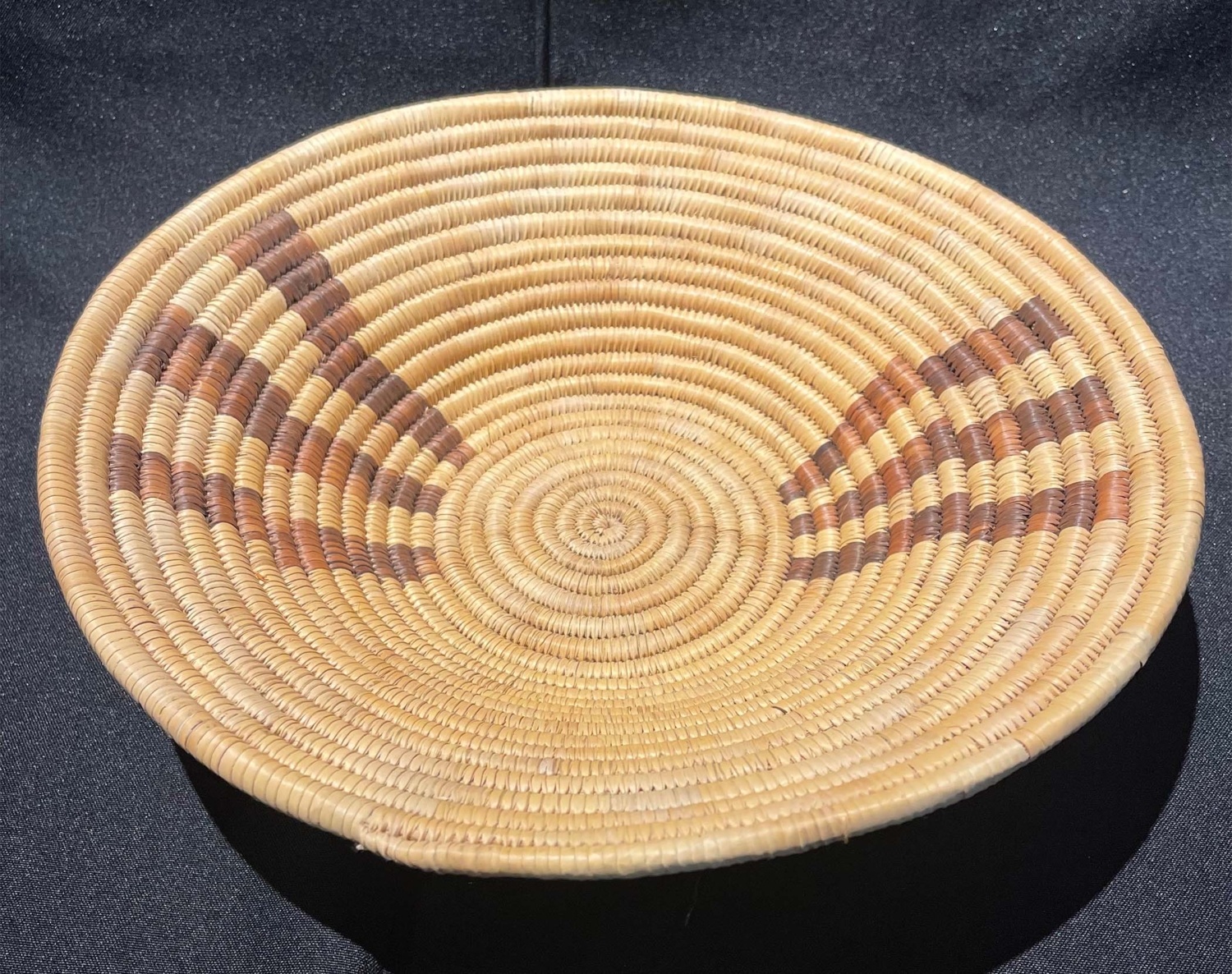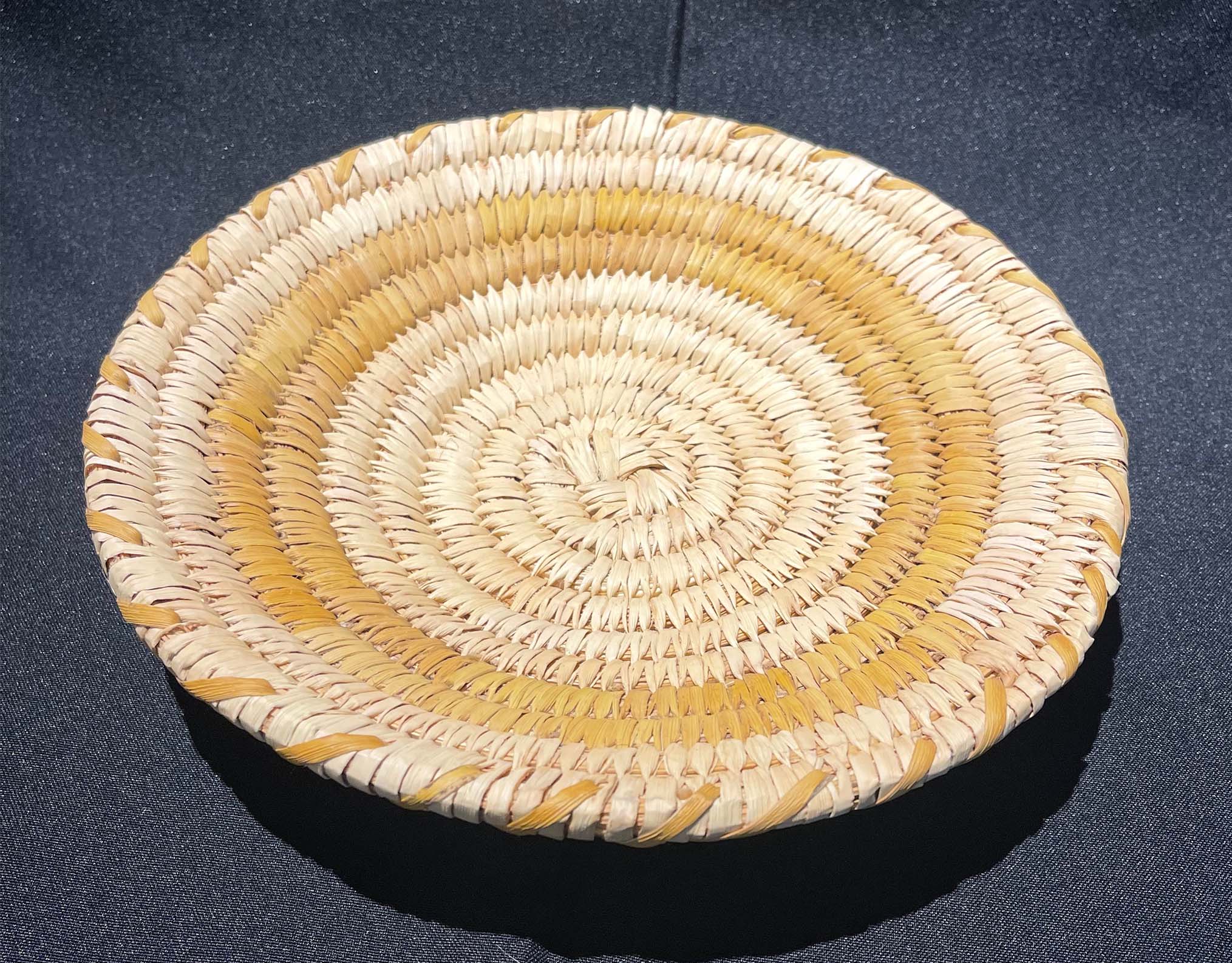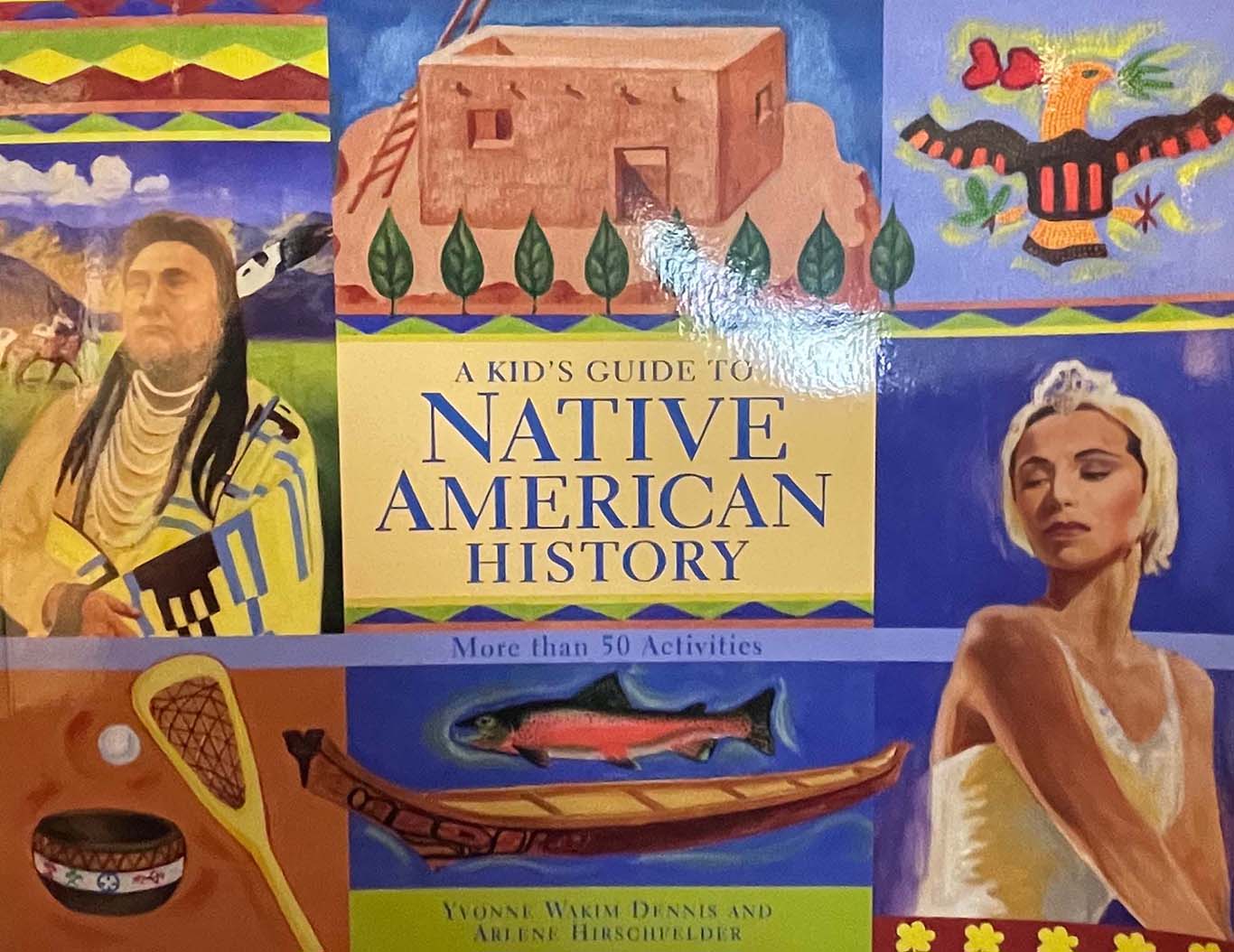
Mapping the Ancient Cosmos: A Traveler’s Guide to Cahokia Mounds and Its Indigenous Blueprint
Forget traditional paper maps. Imagine an entire city built as a living, breathing map of the cosmos, a terrestrial reflection of the heavens, where every mound, plaza, and alignment spoke volumes about its builders’ understanding of their world. This isn’t a fantasy; it’s the reality of Cahokia Mounds, the largest pre-Columbian city north of Mexico, and a place where the concept of "Native American maps" transcends mere drawings to encompass an entire worldview.
For the intrepid traveler seeking a truly immersive journey into North America’s deep past, Cahokia offers more than just archaeological remains; it presents an opportunity to walk through a landscape intentionally crafted to map spiritual beliefs, astronomical observations, and societal structure. This isn’t a destination you just see; it’s one you interpret through the lens of its ancient inhabitants, deciphering the silent language of earth and sky.
Cahokia: A Metropolis Built on Cosmic Principles

Nestled across the Mississippi River from modern-day St. Louis, Cahokia was, between 1050 and 1200 CE, a bustling metropolis with an estimated population of up to 20,000 people – a number comparable to London at the time. This was no mere collection of villages; it was a highly organized urban center, the heart of the Mississippian culture, boasting sophisticated agriculture, extensive trade networks, and a complex social hierarchy.
At its zenith, Cahokia spanned nearly six square miles, dominated by over 120 earthen mounds of varying sizes and functions. While many have succumbed to time and agriculture, approximately 80 remain visible today, testament to an unparalleled feat of engineering and communal effort. The sheer scale of earth moved to construct these mounds without the aid of modern machinery is staggering, a testament to the power of a unified vision.
But what does this have to do with "maps"? For the ancient Cahokians, like many indigenous cultures, maps weren’t portable scrolls. They were embedded in their oral traditions, their astronomical observations, and most profoundly, in the very layout of their sacred spaces and cities. Cahokia itself was a grand, three-dimensional map, charting their relationship with the natural world, the celestial sphere, and the spiritual realms.
Beyond Cartography: Indigenous Spatial Understanding

To understand Cahokia’s "maps," we must first shed our Eurocentric notions of cartography. For indigenous peoples, mapping was a holistic process, encompassing not just physical topography but also sacred narratives, ancestral memory, ecological knowledge, and spiritual power. Their maps were often experiential, carried in the mind and passed down through generations via storytelling, ceremony, and practical navigation.
At Cahokia, this spatial understanding manifested in several critical ways:
- Astronomical Alignment: The cardinal directions, the solstices, and the equinoxes were not arbitrary points but crucial markers for agricultural cycles, ceremonial timing, and cosmological understanding. The city’s layout meticulously integrated these celestial observations.
- Sacred Geography: Specific landscape features, both natural and man-made, were imbued with spiritual significance. Mounds were not just burial sites or platforms for elite residences; they were symbolic mountains, connecting the earthly realm to the sky world.
- Social Order Embodied: The arrangement of mounds, plazas, and residential areas reflected the hierarchical structure of Cahokian society, with the elite residing in prominent locations, literally overseeing their world.
- Oral Tradition and Memory: While no written records survive, the city’s design served as a mnemonic device, a physical manifestation of their origin stories, cultural values, and historical events. Walking through Cahokia was, in essence, walking through their collective memory.

Monk’s Mound: The Axis Mundi and Cosmic Center
The undeniable centerpiece of Cahokia, and arguably its most significant "map" feature, is Monk’s Mound. Standing 100 feet tall, 951 feet long, and 836 feet wide at its base, it’s the largest earthen structure in North America. Imagine the labor involved: an estimated 22 million cubic feet of earth, transported in baskets, one load at a time.

Monk’s Mound was more than just a large hill; it was the axis mundi, the sacred center connecting the underworld, the middle world (earth), and the upper world (heavens). From its summit, the priests and rulers of Cahokia would have had an unparalleled view of their entire city, strategically positioned to observe celestial phenomena and preside over elaborate ceremonies. The four terraces of the mound likely corresponded to different levels of social and spiritual significance, further mapping their hierarchical universe.
The mound’s precise orientation is no accident. Its eastern face aligns with the sunrise during the equinoxes, and its western face aligns with the sunset. This meticulous planning indicates a profound understanding of celestial mechanics, transforming the mound into a giant, stationary observatory and a physical map of the solar year.
Woodhenge: Mapping the Sun’s Path
Perhaps the most explicit example of indigenous mapping at Cahokia is "Woodhenge." Discovered through aerial photography and archaeological excavation, Woodhenge was a series of large timber circles located west of Monk’s Mound. At least five distinct Woodhenges were built and rebuilt over time, each serving as a sophisticated solar calendar.
These massive timber posts, some as large as telephone poles, were precisely positioned to mark the sunrise at the solstices (the longest and shortest days of the year) and the equinoxes (when day and night are of equal length). Imagine standing within this ancient circle at dawn on the summer solstice, watching the sun perfectly align with a distant post. This was not just a beautiful sight; it was a critical tool for predicting planting and harvesting seasons, timing important ceremonies, and reinforcing the spiritual connection between the people, the earth, and the cosmos.
Woodhenge was, in essence, a dynamic map of the sun’s journey across the sky throughout the year, a calendar carved not into stone, but into the very earth itself, using the shadows and light of the sun as its guiding principles. It allowed the Cahokians to navigate their agricultural and ceremonial year with incredible precision.
The City as a Social and Spiritual Map
Beyond the individual structures, the overall layout of Cahokia acted as a comprehensive map of its society and beliefs.
- Central Plaza: To the south of Monk’s Mound lay a massive, perfectly flat plaza spanning 50 acres. This was the ceremonial heart of the city, a gathering place for thousands, bounded by residential areas and smaller mounds. Its open expanse was itself a mapped space, designed for public rituals, games, and displays of power.
- Precise Orientation: The entire city was oriented along an east-west axis, aligning with the rising and setting sun, and a north-south axis, reflecting the cardinal directions. This wasn’t random; it was a deliberate choice to embed cosmological order into the urban fabric.
- Mound Distribution: The hundreds of mounds were not haphazardly placed. Smaller platform mounds often served as bases for elite residences or temples, strategically positioned to overlook the plazas and other residential areas, visually mapping the social hierarchy. Conical and ridged mounds were often burial sites, marking sacred ancestral spaces.
- Water Management: Even the waterways and ponds within Cahokia were part of this grand design. They likely served both practical purposes (water supply, drainage) and symbolic ones, perhaps representing sacred waters or the watery underworld in their cosmology.
Walking through Cahokia today, you are traversing a landscape that was meticulously planned and engineered to reflect a profound and intricate worldview. The city’s grid-like patterns, its monumental structures, and its celestial alignments all serve as a silent, yet powerful, indigenous map, waiting to be read by those who take the time to look closely.
Visiting Cahokia Today: Walking the Ancient Paths
For the modern traveler, a visit to Cahokia Mounds State Historic Site and UNESCO World Heritage Site is a profound experience. Begin your journey at the state-of-the-art Interpretive Center, where exhibits, films, and reconstructed villages provide essential context and bring the ancient city to life. This is where you’ll gain the foundational understanding needed to truly appreciate the landscape.
But the real magic happens outside, on the trails that wind through the mounds.
- Climb Monk’s Mound: This is a non-negotiable experience. Ascend the 156 steps to the summit, and as you catch your breath, take a moment to absorb the panoramic view. Imagine the vibrant city that once sprawled beneath you, the thousands of people going about their lives, all centered around this colossal structure. From here, you can truly grasp the scale of Cahokia and its meticulously planned layout. It’s like standing on the highest point of their cosmic map.
- Explore Woodhenge: Walk to the reconstructed Woodhenge circle. Stand among the towering posts and try to visualize the ancient ceremonies that took place here, the sun casting its predictive shadows. It’s a powerful reminder of the sophisticated astronomical knowledge held by the Cahokians.
- Wander the Plazas: Stroll across the vast central plaza, feeling the echoes of ancient gatherings. Imagine the sounds, the smells, the vibrant life that once filled this space.
- Reflect on the Landscape: As you walk, pay attention to the subtle undulations of the earth, the remaining mounds, and the way the site feels connected to the sky. Look for the signs of their deliberate planning, the "maps" they left behind in the very contours of the land.
Practical Tips for Travelers:
- Best Time to Visit: Spring and Fall offer the most pleasant weather for walking. Summers can be hot and humid.
- What to Bring: Comfortable walking shoes are a must. Sunscreen, a hat, and plenty of water are essential, especially during warmer months, as much of the site is exposed.
- Allow Time: Don’t rush your visit. Plan for at least half a day, or even a full day, to explore the Interpretive Center and walk the main trails.
- Respect the Site: Remember that Cahokia is a sacred ancestral landscape. Tread lightly and respect the history it holds.
A Legacy of Indigenous Ingenuity
Cahokia Mounds is more than just a collection of ancient earthworks; it’s a testament to the profound intelligence, ingenuity, and spiritual depth of North America’s indigenous peoples. By understanding their concept of "maps" – not as mere drawings, but as an integrated understanding of their cosmos, society, and environment – we gain a deeper appreciation for this extraordinary civilization.
Visiting Cahokia is a journey through time and a lesson in a different way of seeing the world. It invites you to step beyond the familiar and immerse yourself in an ancient landscape that, even in its ruins, continues to tell a powerful story – a story mapped out in earth, sky, and spirit. It’s a pilgrimage every traveler with a curiosity for history and indigenous culture should undertake, to walk the silent paths of a forgotten empire and discover the cosmic blueprint etched into the heart of North America.


